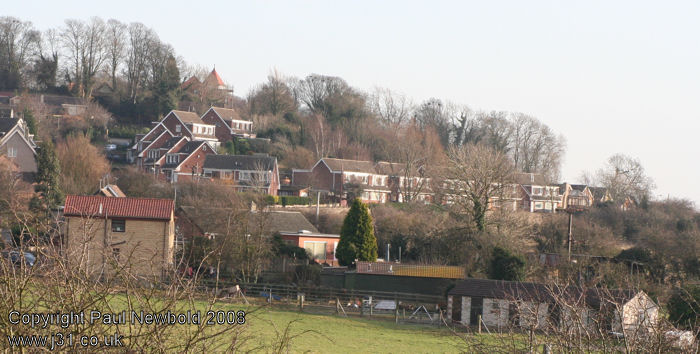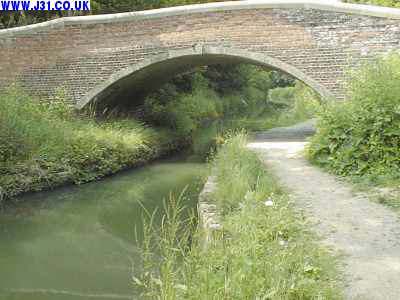In 1840 some 500,000 cubic feet of limestone were dug up from around these parts and carted off to London via the Chesterfield Canal, where it was used to build the houses of parliament - The Palace of Westminster.
A further 800,000 cubic feet were taken in 1902 for repair work - the original cut price job resulted in the stone being laid without due regard to its strata ('grain') and it started to crumble.
Although there are several old, quarries next to the canal, and the still in production, such as the Harry Croft quarry between the A57 and the canal, the source of the Palace of Westminter's limestone was in North Anston. It's not obvious where it was today as 170 years later it's partly overgrown, and partly built upon by private housing. Opposite the Cutler pub though is a clue: the street is called Quarry Lane.
You can walk around a scar in the hillside covered with expensive private houses, in a space vacated by 500,000 cubic feet of limestone that is now
the place where our politicians argue.


The canal and railway line lie a mile to the south of the quarry site, and the residents of South Anston had to endure 15 years of stone being hauled through there on the way to the canal, the river Trent, and by sea going ship to the Thames in London .

The canal next to Harry Croft quarry. Christine Richardson has written an interesting book on the subject, available from the Chesterfield Canal website.